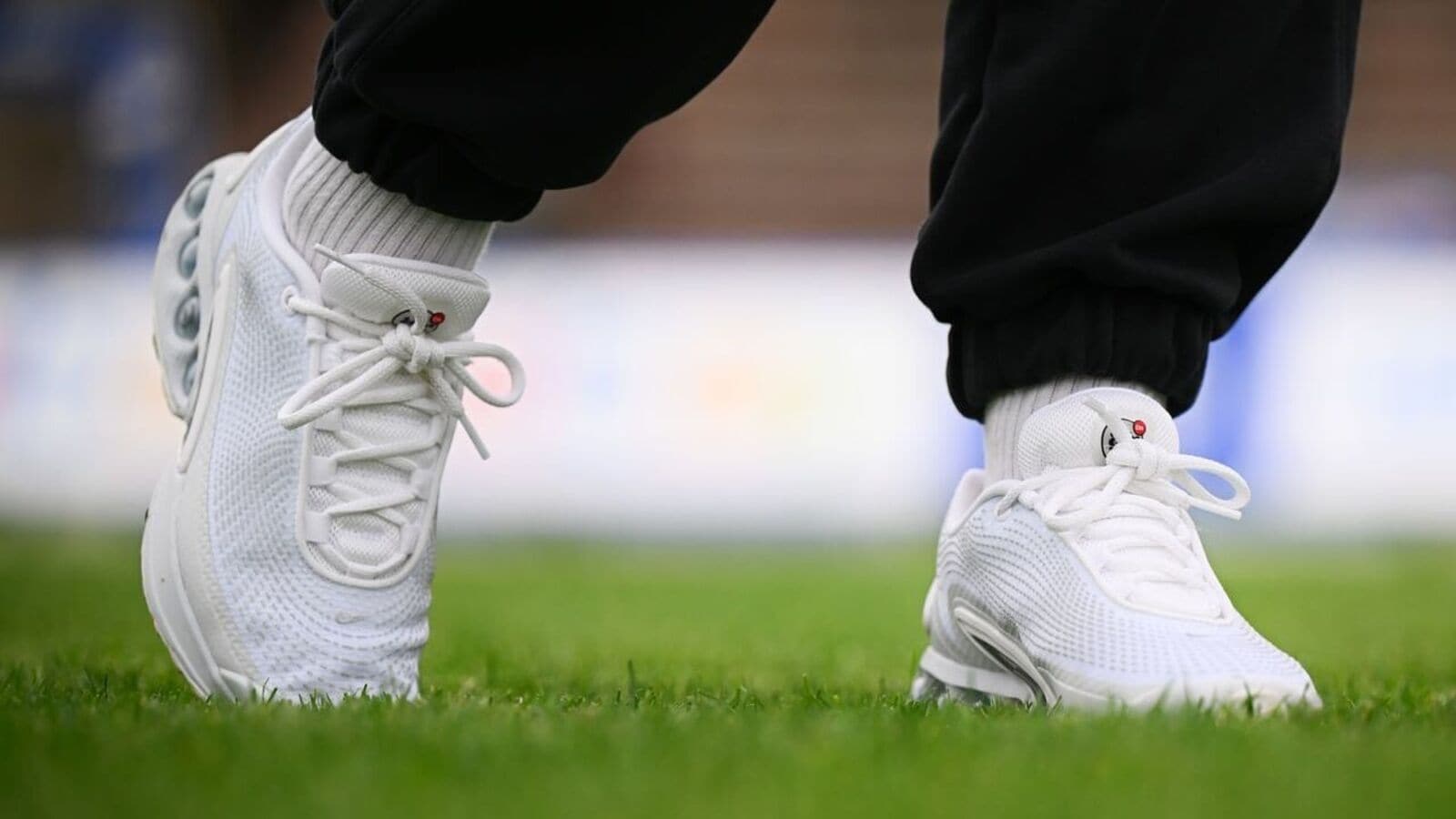Nike Faces Challenges as Sales and Profits Decline
Nike, the renowned sportswear giant, is grappling with a significant decline in sales and profits during its fiscal first quarter. This downturn has prompted concerns as the company navigates through sluggish consumer demand for new sneaker models and an array of other products. As the retail environment shifts, Nike’s leadership faces critical challenges that require strategic realignment.
Leadership Changes and New Strategies
Adding to the uncertainty, Nike recently announced that its CEO, John Donahoe, will be stepping down on October 13. The company has appointed Elliott Hill, a seasoned company veteran, to take the reins once again, coming out of retirement to steer Nike through these turbulent waters. Hill’s leadership will be pivotal as Nike aims to reinvigorate its brand and address consumer needs effectively.
Withdrawal of Sales Guidance
In light of the ongoing leadership transition, Nike has made the decision to withdraw its full-year sales guidance. This cautious approach indicates the company’s need for a more thorough assessment of its market positioning and operational strategies. Furthermore, Nike has postponed its investor day, originally set for November, allowing Hill additional time to devise a comprehensive turnaround strategy tailored to revitalize the brand.
Sales Decline Analysis
Nike reported a staggering 10% drop in sales for the fiscal first quarter, totaling $11.59 billion. This figure fell short of the average analyst estimates and reflects steep declines in key markets, particularly in North America, as well as Europe, Africa, and the Middle East. The Converse brand also faced persistent challenges, highlighting a broader issue within Nike’s product lines.
Future Revenue Expectations
Looking ahead, Nike anticipates a revenue decline of 8% to 10% in the upcoming second quarter. However, the company remains hopeful for a rebound as market trends are expected to improve later in the fiscal year. This cautious optimism is underpinned by a commitment to innovation and consumer engagement strategies that resonate with today’s shoppers.
Market Reaction and Stock Performance
Following the release of these disappointing results, Nike’s shares slid by as much as 7.9% during New York trading, marking the most significant drop since the last quarterly results were reported in late June. This year, Nike’s stock has plummeted 18%, in contrast to a 20% gain for the S&P 500 Index. Analysts at Jefferies have cautioned that the downturn in share price may persist, even with Hill’s anticipated leadership.
Regional Performance Highlights
Amidst the challenges, there are some silver linings. Sales in Greater China exceeded analyst expectations, with a mere 4% decline marking the smallest downward trend among Nike’s various global regions. The introduction of innovative products, such as the Pegasus 41 running shoe and classic franchises like Jordan, has helped to bolster sales in this key market.
Cost Control and Earnings Per Share
Nike’s gross margin received a boost from a decrease in product costs, warehousing, and logistics expenses. Perhaps encouragingly, the company’s earnings per share for the quarter that ended on August 31 have surpassed expectations. This achievement suggests that while challenges loom, Nike has foundational strengths, such as operational efficiencies, that can support long-term recovery.
Conclusion
In summary, Nike is at a critical juncture as it faces declining sales and a leadership transition. The company’s strategic decisions in the coming months will be crucial in regaining market confidence and rejuvenating consumer interest. By focusing on innovation and operational excellence, Nike aims to navigate through this challenging landscape and emerge stronger.












